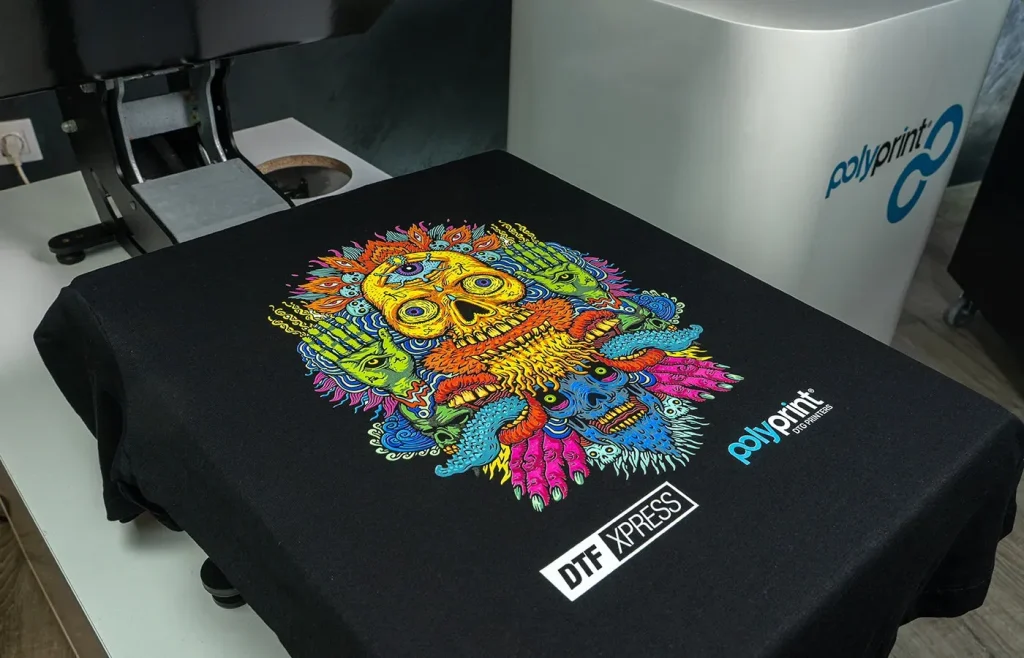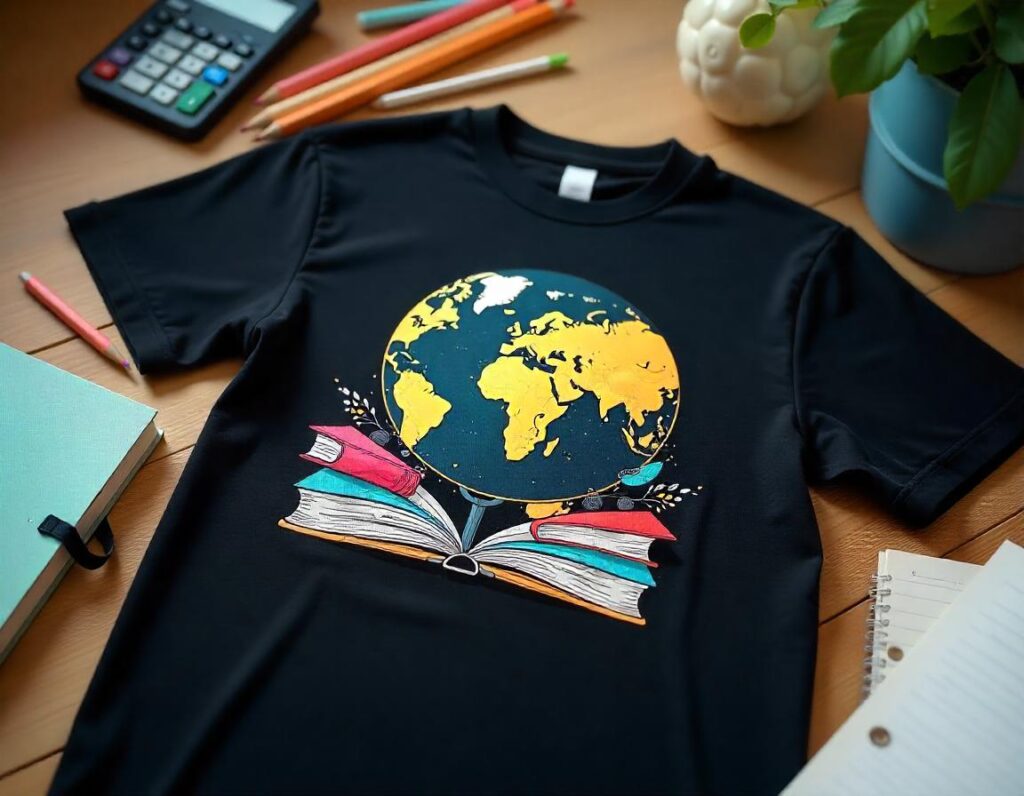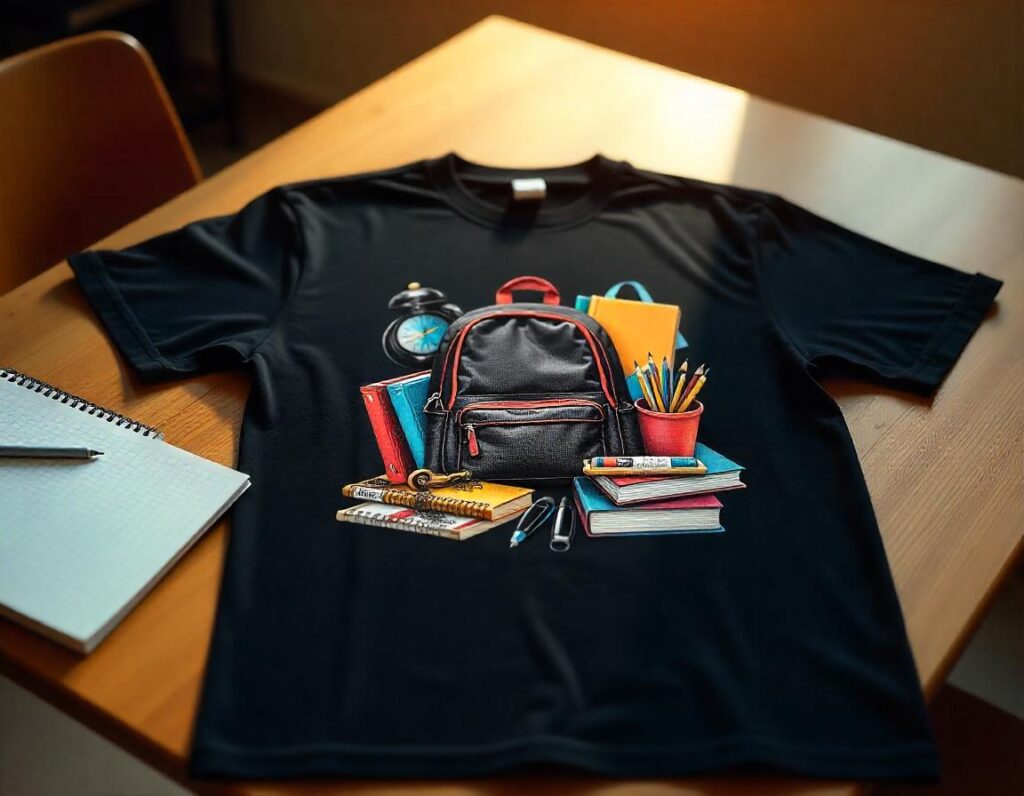DTF printing, or Direct-to-Film printing, is revolutionizing the way we approach custom apparel printing in today’s digital landscape. Unlike traditional printing methods, such as screen printing and direct-to-garment techniques, DTF printing offers unparalleled versatility and high-quality outputs on various materials. This innovative printing technology allows businesses to stay competitive by effortlessly transitioning from one design to another, eliminating the cumbersome setup associated with older methods. As more companies embrace DTF supplies, they are discovering a more efficient way to produce vibrant, durable prints that captivate customers across diverse industries. In this article, we’ll compare DTF printing with its traditional counterparts, providing insights on choosing the best option for your project needs.
Often referred to as Direct-to-Film technology, DTF printing represents a modern alternative to classical printing processes like screen and DTG methods. This innovative approach involves transferring designs onto a special film, which is then applied to fabrics, delivering exceptional results that appeal to businesses and consumers alike. With its ability to print on a variety of substrates, DTF printing caters to the growing demand for custom designs in the fashion and merchandise sectors. By harnessing this advanced printing technology, creators can achieve intricate designs with ease and accuracy. As we delve deeper into DTF printing, we’ll evaluate how it stacks against traditional methods, highlighting the unique advantages and capabilities it offers.
The Rise of DTF Printing in the Custom Apparel Market
In recent years, DTF (Direct-to-Film) printing has positioned itself as a revolutionary technique within the custom apparel printing landscape. This method has gained significant traction among designers and apparel manufacturers looking for innovative solutions to produce vibrant designs on an array of materials. Unlike traditional printing methods like screen printing, which are limited in their fabric compatibility, DTF offers a broader range, allowing users to apply prints on cotton, polyester, and blends seamlessly. This versatility makes it particularly appealing for businesses that cater to diverse customer preferences.
Moreover, the efficiency of the DTF process cannot be overlooked. With a straightforward workflow that involves printing onto a specialized film, applying heat, and transferring, DTF eliminates multiple steps often seen in screen printing. The potential for high-quality output paired with a simplified production process makes it an ideal choice for both large-scale operations and independent crafters aiming to make their mark in the competitive custom apparel sector.
Frequently Asked Questions
What is DTF printing and how does it compare to traditional printing methods?
Direct-to-Film (DTF) printing is an innovative printing technology that transfers designs from a film onto fabrics using heat. It stands out against traditional methods like screen printing and direct-to-garment (DTG) printing due to its ability to handle various fabric types, faster setup times, and vibrant quality outputs.
What are the main advantages of using DTF printing for custom apparel?
DTF printing offers several benefits for custom apparel, including versatility across different fabrics, high-quality color vibrancy, and simplified setup compared to traditional printing methods. This makes it an excellent choice for businesses and crafters looking to produce detailed and customized designs efficiently.
How does the cost of DTF printing compare to traditional screen printing?
DTF printing generally presents a lower barrier to entry, requiring less upfront investment for equipment and materials. Unlike traditional screen printing, where setup costs can accumulate, DTF reduces these costs, making it more cost-effective for small orders and customized pieces.
Is DTF printing suitable for bulk orders like traditional screen printing?
While DTF printing excels in smaller batches and custom orders due to its efficiency and flexibility, it can also handle bulk printing effectively. However, for very large orders, traditional screen printing may still offer a lower cost per unit, depending on the design complexity and color variations.
What fabrics work best with DTF printing compared to DTG and screen printing?
DTF printing is compatible with a wider range of fabrics, including cotton, polyester, and blends, making it more versatile than traditional screen printing and DTG, which can have specific material limitations. DTF’s adaptability offers more options for custom apparel printing.
Are there any environmental considerations when choosing DTF printing over traditional methods?
DTF printing often utilizes water-based inks and produces less waste compared to traditional screen printing, which can involve hazardous substances and extensive setup materials. Choosing DTF can be a more environmentally friendly option in the custom apparel printing landscape.
| Aspect | DTF Printing | Screen Printing | Direct-to-Garment (DTG) Printing |
|---|---|---|---|
| Setup Process | Simplified setup using a single film for designs. | Complex setup requiring multiple screens for different colors. | Direct printing, no screens needed, but setup involves inkjet technology. |
| Cost-Effectiveness | Lower upfront costs and good for small orders. | Cost-effective for large orders but pricey for small runs. | High cost per unit for bulk compared to screen printing. |
| Fabric Versatility | Works on a variety of fabrics like cotton and polyester. | Limited to fabrics that can support ink absorption. | Works best on lighter fabric, limited for heavy or textured fabrics. |
| Print Quality | High detail and vibrant colors, ideal for intricate designs. | Produces solid colors well, but may lack detail for intricate designs. | Exceptional detail for full-color images, smooth transitions. |
| Ideal Use Case | Best for custom, small batch orders with varied designs. | Great for large orders with minimal color variations. | Excellent for on-demand printing and smaller batches. |
Summary
DTF Printing has emerged as a transformative solution in the world of fabric printing, offering unmatched versatility and quality. Unlike traditional printing methods like screen printing and DTG, DTF allows for a streamlined setup process and caters to various fabric types, making it an attractive choice for custom apparel. As the market evolves, embracing DTF technology equips businesses to stay competitive by meeting diverse consumer demands with efficiency and precision.



